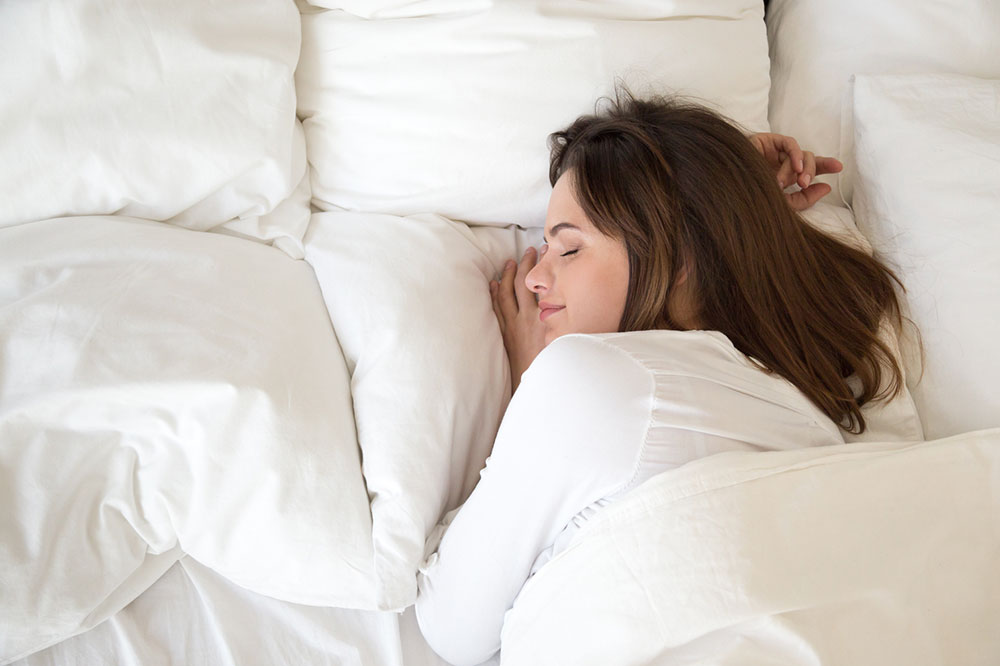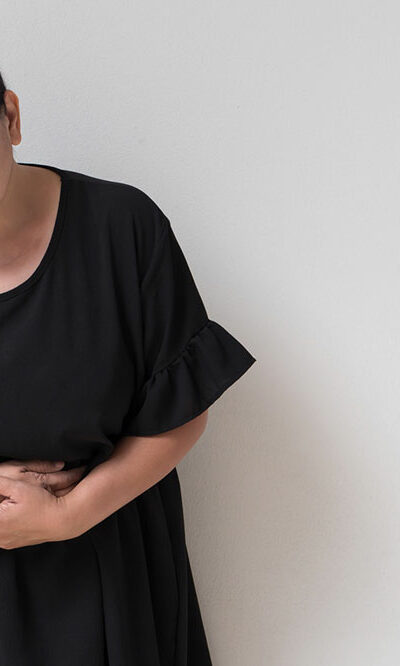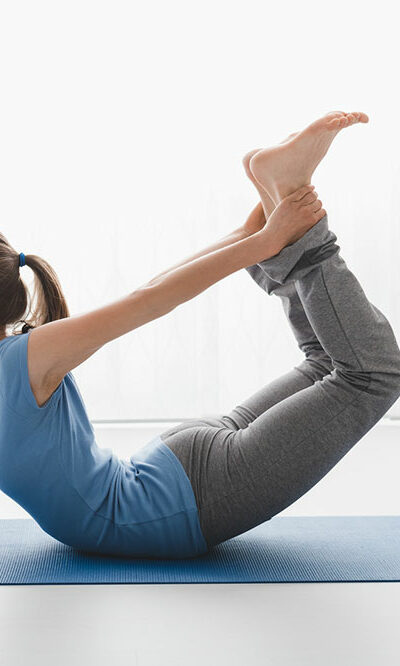Here’s how sleeping posture affects quality of sleep

Getting a good night’s sleep is critical to having a productive and stress-free routine. The mind and body require adequate rest to recoup and revive after a tiring day. But have you ever thought about understanding the various sleeping positions you adopt subconsciously? Every position has a unique advantage and disadvantage and greatly impacts your sleep quality. So here are the best sleeping positions to try out and find a suitable posture.
Sleeping on the side
Sleeping on one side has a number of health benefits. Doctors suggest sleeping on the left side to improve digestion, as the angle of the stomach makes food move along the digestive tract easily. This further lowers the incidence of heartburn as the stomach acids cannot be churned up the esophagus due to the tipping angle. Sleeping on the side also lowers the pressure put on the neck and esophagus, preventing obstruction of the airways. However, sleeping on the side may cause the shoulders and jaw areas to become stiff due to the body weight shifting on one side. It’s best to support the position with multiple pillows to avoid pain and discomfort.
Sleeping on your back
This is a common position that is restful and promotes a good night’s sleep. Sleeping flat on your back protects the spine’s natural curvature and prevents pain from developing in the lower back. The body is at a more rested angle, so it’s also easier to get a good night’s sleep. Adding a pillow behind the knees in this position relieves pressure from the area so you can rest peacefully. However, the only drawback of sleeping on the back is the increased risk of snoring and possible sleep apnea developing as a result.
Lying face down
Though it might not sound very comfortable, many people prefer sleeping face down lying flat on their stomachs. The position is great for avoiding snoring and is more restful for a quick nap. However, lying down on the stomach for prolonged periods will also trigger back pain and joint pain. Ideally, doctors advise against lying down on the stomach for prolonged periods. Lying face down also increases the risk of breakouts and acne on the face as the skin is pressed against the pillows and mattress. Over time, you might also develop fine lines and wrinkles due to this pressure on the skin.
Sleeping in the fetal position
Getting comfortable while sleeping during pregnancy can be challenging, especially as the belly grows and adjusting positions becomes more difficult. Lying face down is no longer an option. Doctors recommend adopting the fetal position for a more comfortable sleep. This is quite similar to sleeping on the side but with a more curled-up posture allowing the legs to be drawn in comfortably. Doctors advise picking the left side for the fetal position as it improves blood circulation for the baby, prevents the uterus from pressing against other organs in the GI tract, and even prevents acid reflux. The relaxing position ensures a good night’s sleep.
The main objective behind adopting a suitable sleeping position is to prevent sleep deprivation and resulting health complications. You must get both physical and mental rest to enjoy a productive day.







